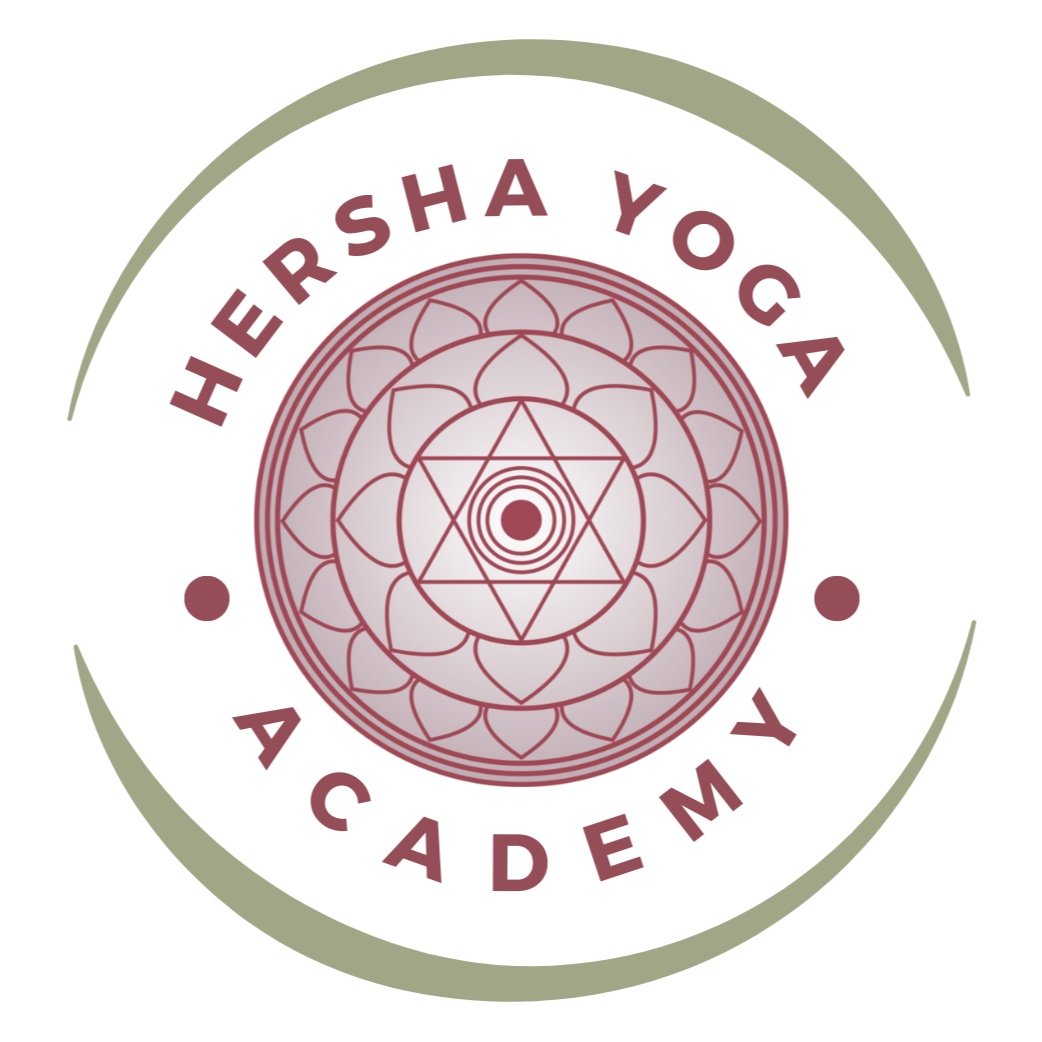Yoga & Motherhood: Returning to Yoga
Postnatal Yoga is designed to rehabilitate and restore a woman’s body in a slow but effective manner that has permanent results. Postnatal yoga classes vary significantly, as some are for moms only, and others open for moms and babies. In the case of Mom & Baby Yoga classes, the emphasis also varies as some teachers focus mainly on the mother and others more on the baby. The emphasis usually depends on the age of the child, however my goal is for mother to be able to develop a personal practice at home, and allow her children to share in the beauty of yoga, by becoming a living example.
A good, manageable postnatal yoga program emphasises regularity. Having some time each day, however little, to focus on nurturing your own body and mind, makes an immense difference on your physical, mental and emotional wellbeing.
A new mother will soon know that her body needs time and training to do many of the things it did before pregnancy.
Therefore the physical practice of yoga is must be approached with awareness. The body has changed in so many ways as a result of pregnancy and the body’s major organs have shifted. The abdominal and core muscles are significantly weaker and moms tire easily. Too much strain in a yoga class and you’ll be exhausted, cranky and it will affect how you feed and respond to your baby.
In a talk that I gave at the Matilda Hospital about the benefits of Mom & Baby Yoga, one mother said that she wanted the intensity of a power yoga class, as she was keen to get her body back into shape. Every mother is different in how she feels. Some may have the energy to exercise right away, however strenuous exercise does affect the production of breast milk. After mentioning this, I asked how her feeding was going, and she admitted that her supply of breastmilk had reduced rapidly.
Physically, it is important to build strength and stamina again.
In a postnatal yoga program, we focus on moving the spine in different directions: backward, forward, laterally, inverted and twisted. Additionally, new moms need to strengthen their pelvic floor muscles and the core muscles along the spine and the abdomen. A few general yoga postures are also recommended to bring balance back to the body and improve the digestive, circulatory and immune systems.
Breathwork allows mothers to manage mood and stress.
Postnatal depression is common among many women, and can deeply affect how they cope as new mothers or even second-time mothers. Yogic breathing techniques, known as Pranayama, control and regulate your energy and calm your nervous system. In the case of depression, it can lift your spirits without causing agitation.
Learning certain breathing techniques also helps to manage panic when baby cries. Many mothers have agreed that when they hear their babies cry, their heart beats a little faster and the breath is short and tense. Remembering to use deep, even breathing techniques helps mothers keep a cool head during the worst of crying spells.
Lack of sleep also affects mood.
Eastern cultures usually do not allow women to leave their homes for 40 days, having other family or community members look after their needs. This is primarily so that the new mother can adjust her rhythm of life to suit the baby, and can rest alongside baby. Mother and baby receive daily massages for a month to help them both heal. Modern lifestyles have changed the way moms recover after childbirth and it does affect how a woman feels.
Yogic relaxation practices allows mothers to rest and rejuvenate effectively. While traditional yoga classes recommend that during the state of Yoga Nidra (yogic sleep or deep relaxation), the individual should try not to fall asleep. In postnatal yoga the approach to deep relaxation is slightly different. If your baby is present, your attention will be fully on the child (as it should be), but you can lie down next to your child and listen to soft music that will help you both relax and bond. If your child is sleeping or you are away from your child, most likely you will fall into a deep slumber as your body and mind crave it desperately. Both are fine ways to practice relaxation.
The subtler practices of yoga can also be incorporated into your life as you embark on this journey.
Yoga is not solely a physical practice and many of the treasures of yoga are found in the more intellectual, emotional, moral teachings. Children will push you to your limits and you will have very high highs and low lows. You will come face to face with your fears and will have to put much of yourself on the back burner. Learning to meditate or concentrate the mind is a wonderful tool to help you embrace all the challenges that come your way.
Understanding yoga’s forgotten foundation: the Yamas & Niyamas -- a moral code for virtuous living -- allows us to realise how we raise our children, and as a result how we live our own lives. Our children will celebrate our strengths and blatantly point out our weaknesses. By understanding how to navigate through these waves, we can organically evolve to become the mothers that we always wanted to be, and so much more.
When embarking on a yoga program, you can begin with a little and take only what resonates with you. The path you choose will be a fulfilling one, allowing both you and your baby to become stronger and more flexible in body and mind, while getting closer everyday and enjoying being together now.




